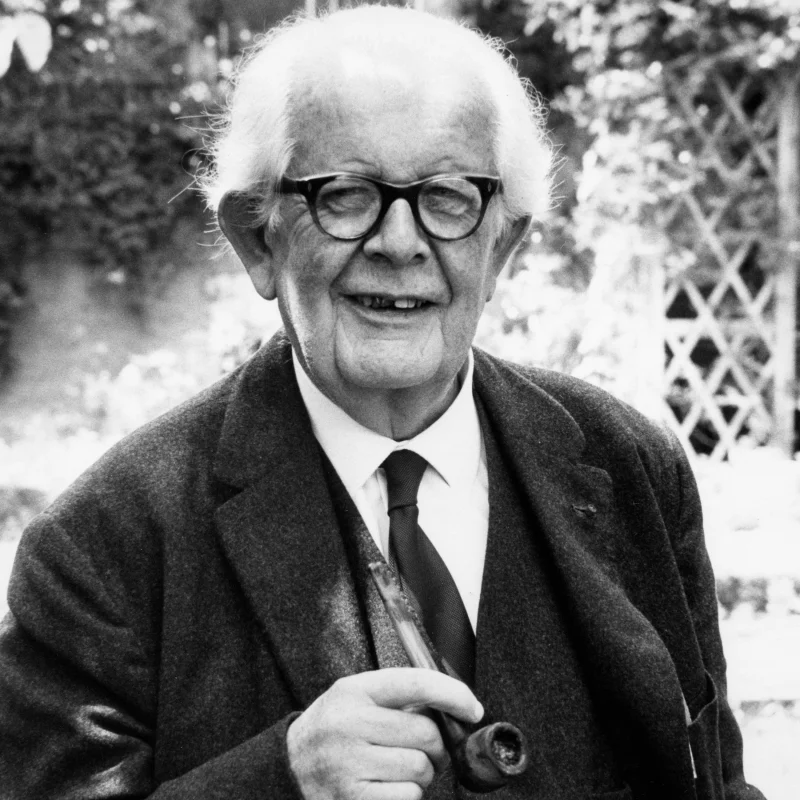Short Summary
Chandrasekhara Venkata Raman was an eminent Indian physicist renowned for his groundbreaking work in the field of light scattering, which earned him the Nobel Prize in Physics in 1930. His discovery, known as the Raman Effect, revolutionized the understanding of molecular and atomic structure. Raman's contributions to science and his pioneering research have made him a celebrated figure in the scientific community, influencing generations of physicists.
Early Life & Education
Born on November 7, 1888, in Tiruchirapalli, India, Raman was the son of Chandrasekhara Iyer, a teacher, and Parvathi Ammal. He exhibited an early interest in science and mathematics. At the age of 11, he joined the Presidency College in Madras, where he excelled academically, earning a bachelor's degree in physics with honors in 1904 and a master's degree in 1907. His early exposure to scientific literature and his father's encouragement played a significant role in shaping his scientific pursuits.
Career Highlights
Raman started his career as an Assistant Accountant General in the Indian Finance Department but soon shifted his focus to academia and research. In 1917, he was appointed as a professor at the University of Calcutta, where he conducted his pioneering research on the scattering of light. In 1928, he and his collaborators discovered the Raman Effect, a phenomenon that earned him the Nobel Prize in 1930. Later, he founded the Raman Research Institute in Bangalore, where he continued his research until his death.
Major Achievements
- Discovered the Raman Effect: A phenomenon that describes the change in wavelength of light when it is deflected by molecules.
- Nobel Prize in Physics (1930): Awarded for his work on the scattering of light and for the discovery of the Raman Effect.
- Founded the Indian Academy of Sciences: Established to promote scientific research and knowledge in India.
- Established the Raman Research Institute: A premier research institution in Bangalore focusing on various scientific fields.
Famous Quotes
- "The essence of science is independent thinking, hard work, and not equipment."
- "I am the master of my failure… If I never fail, how will I ever learn?"
Interesting Facts
- Raman was the first Asian and non-white person to win a Nobel Prize in the sciences.
- The date of his discovery, February 28th, is celebrated as National Science Day in India.
- He was knighted in 1929 by the British Empire for his contributions to science.
- Raman had a keen interest in music and researched the acoustics of Indian musical instruments.
Legacy / Influence
Raman's pioneering work laid the foundation for various scientific advancements in spectroscopy and quantum mechanics. His emphasis on independent thought and innovation continues to inspire scientists worldwide. The Raman Effect remains a vital tool in chemical analysis and research, underscoring his lasting impact on the scientific field.
FAQ
Q: Why is C. V. Raman famous?
A: He is famous for discovering the Raman Effect, which revolutionized the understanding of light scattering.
Q: What is the Raman Effect?
A: It is the change in the wavelength of light when it is scattered by molecules, providing insights into molecular and atomic structure.
Q: When did C. V. Raman win the Nobel Prize?
A: He won the Nobel Prize in Physics in 1930.
Q: What did Raman contribute to the field of acoustics?
A: He conducted research on the acoustics of Indian musical instruments.











